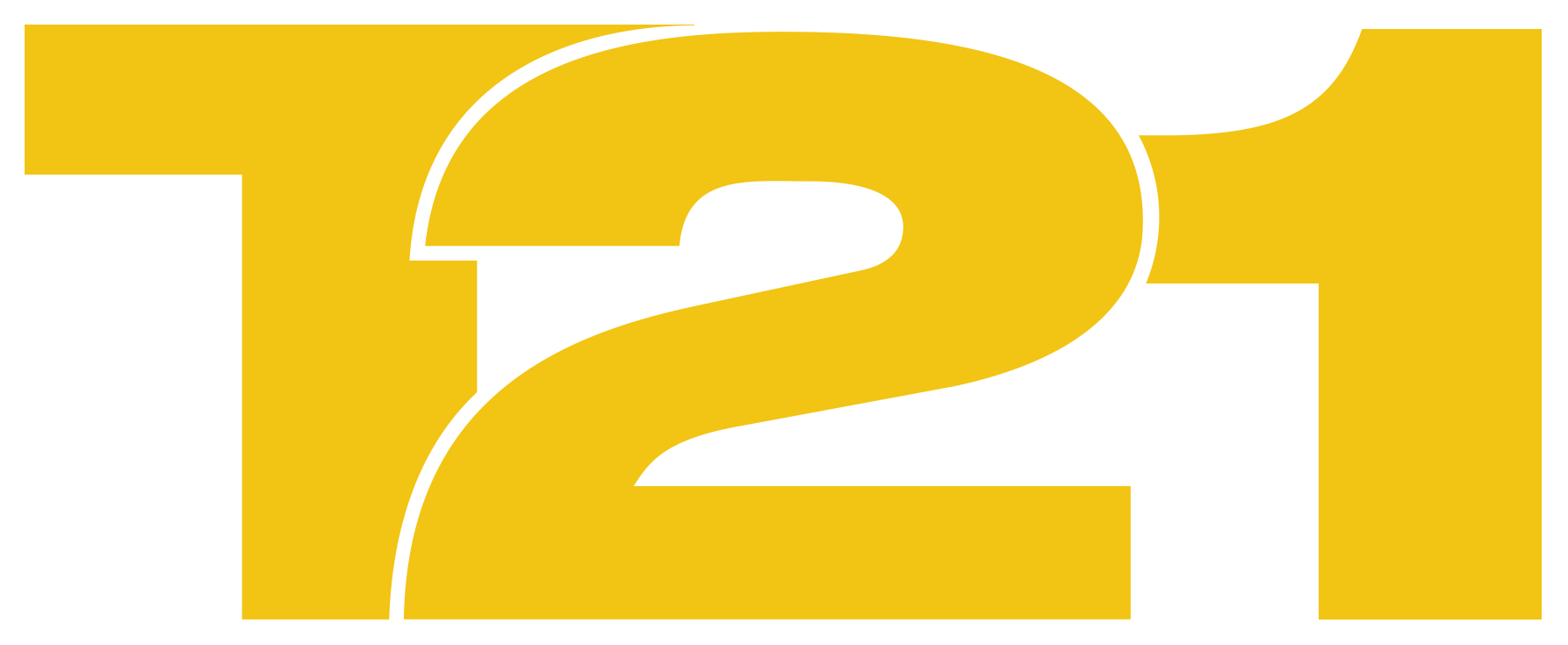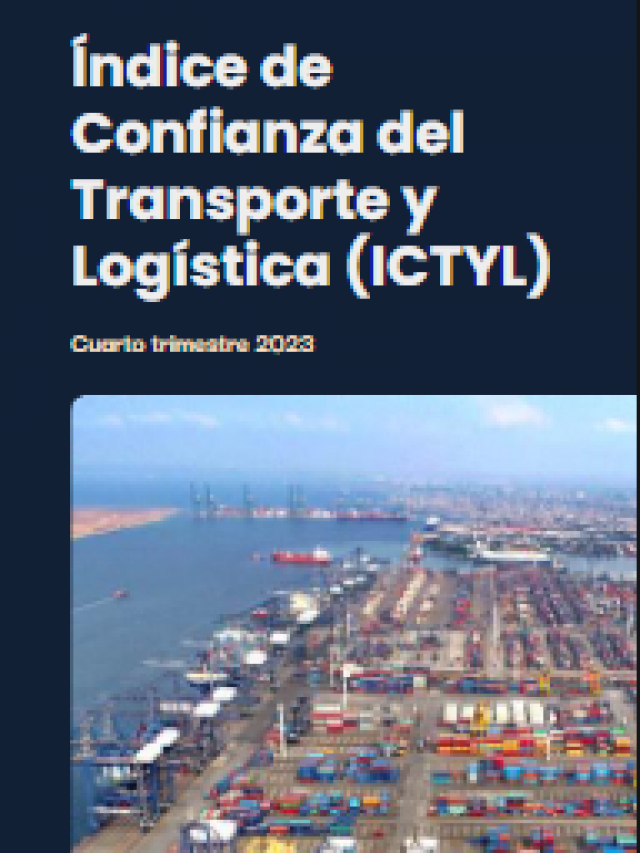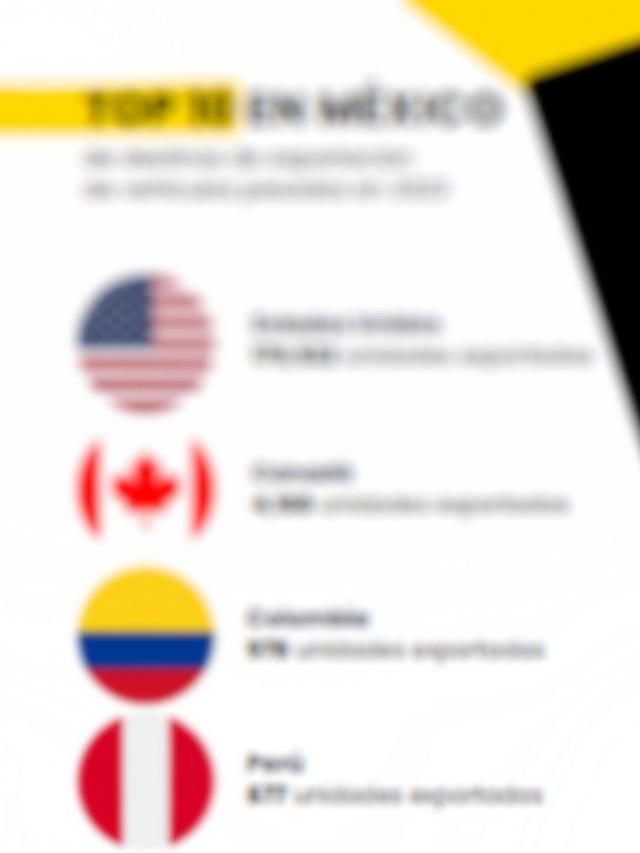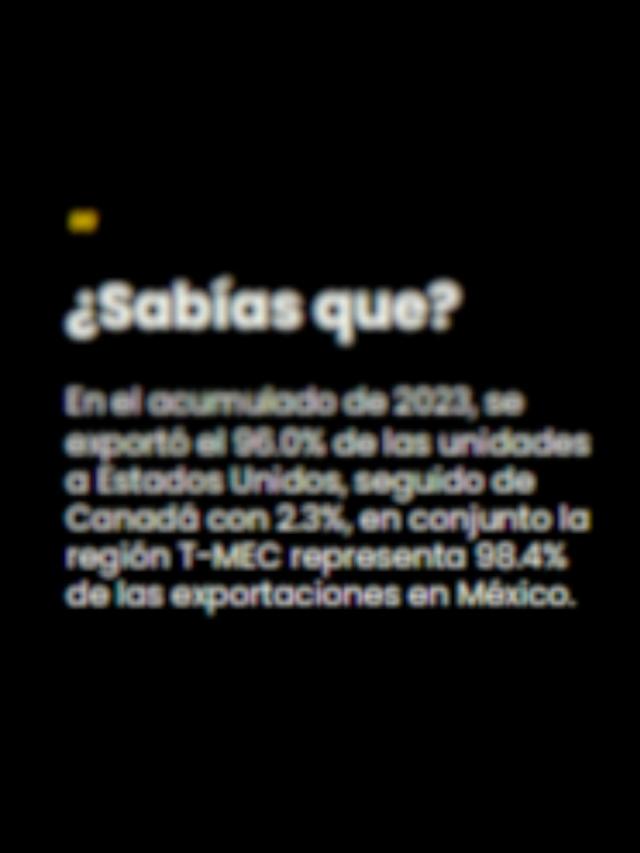
On December 23, Nissan Motor Co., Ltd. and Honda Motor Co., Ltd. announced the signing of a memorandum of understanding (MOU) to begin discussions and considerations for a business integration between the two companies through the establishment of a joint holding company.
The agreement is intended to further accelerate their efforts to achieve a carbon-neutral society and a society with zero traffic accidents, and Nissan and Honda signed a memorandum of understanding on March 15 on a strategic partnership for the era of vehicle intelligence and electrification. Since then, the two companies have held talks aimed at collaborating in various fields.
On August 1, the two companies signed another memorandum of understanding to deepen the framework of the strategic partnership. The companies also announced that they had agreed to conduct joint research into core technologies in the area of next-generation software-defined vehicle (SDV) platforms, particularly in the crucial areas of intelligence and electrification, to advance discussions focused on more concrete collaboration.
Throughout the process, Nissan and Honda have engaged in discussions in which various possibilities and options have been considered. At the same time, the business environment for both companies and the automotive industry in general has changed rapidly and the speed of technological innovation has continued to accelerate. The memorandum of understanding between Nissan and Honda announced today (December 23) is intended to serve as an option to maintain global competitiveness and for the two companies to continue to deliver more attractive products and services to customers around the world.
If corporate integration can be achieved, both companies can aspire to integrate their respective management resources, such as knowledge, human resources and technologies; create deeper synergies; improve the ability to respond to market changes; and hope to improve corporate value in the medium and long term.
In addition, Nissan and Honda can look forward to further contributing to the development of Japan’s industrial base as a “leading global mobility company” by integrating Nissan’s and Honda’s four-wheeled vehicle businesses and Honda’s motorcycle and electric products businesses, which will enable both companies’ brands to become more attractive and deliver more attractive and innovative products and services to customers around the world.

Commenting on the announcement, Makoto Uchida, Chairman, President, CEO and Executive Representative of Nissan, said: “Today marks a defining moment as we begin discussions on a business integration that has the potential to shape our future. If successful, I believe that by bringing together the strengths of both companies, we will be able to deliver unparalleled value to customers around the world who value our respective brands. Together, we can create a unique way for them to enjoy cars that neither company could achieve alone.”
Honda Chairman and Executive Representative Toshihiro Mibe said, “Creating new mobility value by pooling the resources including the know-how, talents and technologies that Honda and Nissan have been developing for many years is essential to overcoming the challenging environmental changes facing the automotive industry. Honda and Nissan are two companies with distinctive strengths. We are still at the stage of initiating our review and have not yet decided on a business integration, but in order to find a direction for the possibility of business integration by the end of January 2025, we are striving to be the only leading company that creates new mobility value through a chemical reaction that can only be driven through the synthesis of the two teams.”
The route to achieve this business integration will be as follows:

Potential synergies
Nissan and Honda will establish an integration preparatory committee to facilitate a smooth integration and hold focused discussions on the topic.
Based on the committee’s discussions as well as the results of due diligence, the companies will examine and analyze more specific synergies. By quickly realizing the synergies from the integration, Nissan and Honda can aim to become a world-class mobility company with sales revenues exceeding 30 trillion yen (US$191.73 billion) and operating profits of more than 3 trillion yen (US$19.17 billion).
The expected synergies from the business integration at this time are:
1. Scale advantages through standardization of vehicle platforms:
- By standardizing the vehicle platforms of both companies across multiple product segments, the companies hope to create stronger products, reduce costs, improve development efficiency, and enhance investment efficiency through standardized production processes.
- The integration is projected to increase sales and operating volumes, allowing the companies to reduce development costs per vehicle, including future digital services, while maximizing profits.
- By accelerating the mutual complementation of their global vehicle offerings, including ICE, HEV, PHEV and EV models, Nissan and Honda will be better positioned to meet the diverse needs of customers around the world and offer optimal products, leading to greater customer satisfaction.
2. Improved development capabilities and cost synergies by integrating research and development (R&D) functions:
- Pursuant to the MoU for deepening strategic partnership and the joint research agreement on core technologies dated August 1, the two companies have begun joint research on core technologies in the area of vehicle platforms for next-generation software-defined vehicles (SDV), which is the cornerstone of the field of intelligence. After business integration, both companies will embrace more integrated collaboration across all R&D functions, including fundamental research and vehicle application technology research. This approach is expected to enable both companies to efficiently and rapidly improve their technological expertise, achieving both improvements in development capabilities and reductions in development costs through the integration of overlapping functions.
3. Optimization of manufacturing systems and facilities:
- Companies expect that optimizing their manufacturing plants and energy service facilities, combined with improved collaboration through shared use of production lines, will result in a substantial improvement in capacity utilization, leading to a reduction in fixed costs.
4. Strengthening competitive advantages throughout the supply chain by integrating purchasing functions:
- To make the most of the synergies arising from optimising development and production capacity, both companies aim to boost their competitiveness by improving and streamlining purchasing operations and sourcing common parts from the same supply chain and in collaboration with business partners.
5. Achieving cost synergies through improvements in operational efficiency:
- Companies expect that the integration of systems and back-office operations, along with the updating and standardization of operational processes, will drive significant cost reductions.
6. Gaining scale advantages by integrating sales financing functions:
- By integrating the relevant areas of the sales finance functions of both companies and expanding the scale of operations, the companies aim to provide a range of mobility solutions, including new financial services throughout the vehicle lifecycle, to customers of both organisations.
7. Establishing a talent base for intelligence and electrification:
- Companies’ human resources are an invaluable asset, and establishing a solid HR foundation is crucial to the transformation that will come with business integration. After integration, increased employee exchanges and technical collaboration between companies are expected to promote further skills development. Furthermore, by leveraging each company’s access to talent markets, attracting exceptional talent will become more attainable.
Comment and follow us on X: @GrupoT21















